
Tell your friends about this item:
The Time Machine
H. G. Wells
Ordered from remote warehouse
Also available as:
- Paperback Book (2005) € 11.49
- Paperback Book (2018) € 12.49
- Paperback Book (2014) € 13.49
- Paperback Book (2018) € 14.49
- Paperback Book (2011) € 15.49
- Paperback Book (2012) € 15.49
- Paperback Book (2010) € 15.49
- Paperback Book (2013) € 15.99
- Paperback Book (2015) € 16.99
- Paperback Book (2017) € 16.99
-
Paperback BookReprint edition(2008) € 16.99
- Paperback Book (2013) € 17.49
- Paperback Book (2014) € 17.49
- Paperback Book (2012) € 17.49
- Book (2010) € 17.99
- Paperback Book (2012) € 17.99
- Paperback Book (2018) € 17.99
- Paperback Book (2013) € 18.49
- Paperback Book (2004) € 19.49
- Paperback Book (2017) € 19.99
- Paperback Book (2004) € 20.49
- Paperback Book (2017) € 20.99
- Paperback Book (2007) € 21.49
-
Paperback BookReprint edition(2008) € 21.49
- Paperback Book (2021) € 22.49
The Time Machine
H. G. Wells
The Time Machine is a science fiction novella by H. G. Wells, published in 1895. It is generally credited with the popularisation of the concept of time travel by using a vehicle that allows an operator to travel purposefully and selectively. The term "time machine", coined by Wells, is now universally used to refer to such a vehicle. This work is an early example of the Dying Earth subgenre.
The Time Machine has since been adapted into two feature films of the same name, as well as two television versions, and a large number of comic book adaptations. It has also indirectly inspired many more works of fiction in many media.
History
Wells had considered the notion of time travel before, in an earlier work titled The Chronic Argonauts. This short story was published in his college's newspaper and was the foundation for The Time Machine. Wells frequently stated that he had thought of using some of this material in a series of articles in the Pall Mall Gazette, until the publisher asked him if he could instead write a serial novel on the same theme; Wells readily agreed, and was paid £100 (equal to about £10,000 today) on its publication by Heinemann in 1895. The story was first published in serial form in the January to May numbers of The New Review (newly under the nominal editorship of W. E. Henley). The first book edition (possibly prepared from a different manuscript) was published in New York by Henry Holt and Company on 7 May 1895; an English edition was published by Heinemann on 29 May. These two editions are different textually, and are commonly referred to as the "Holt text" and "Heinemann text" respectively. Nearly all modern reprints reproduce the Heinemann text.
The story reflects Wells's own socialist political views, his view on life and abundance, and the contemporary angst about industrial relations. It is also influenced by Ray Lankester's theories about social degeneration, and share many elements with Edward Bulwer-Lytton's novel Vril. Other science fiction works of the period, including the Edward Bellamy novel Looking Backward and the later film Metropolis, dealt with similar themes.
| Media | Books Paperback Book (Book with soft cover and glued back) |
| Released | February 14, 2014 |
| ISBN13 | 9781495939617 |
| Publishers | CreateSpace Independent Publishing Platf |
| Pages | 82 |
| Dimensions | 5 × 152 × 229 mm · 136 g |
| Language | English |
More by H. G. Wells
Others have also bought
More from this series
See all of H. G. Wells ( e.g. Paperback Book , Hardcover Book , Book , Audiobook (CD) and Sewn Spine Book )





![Cover for H. G. Wells · Chris Mould's War of the Worlds: Illustrated Edition (Hardcover Book) [Main edition] (2024)](https://imusic.b-cdn.net/images/item/original/398/9780571377398.jpg?h-g-wells-2024-chris-mould-s-war-of-the-worlds-illustrated-edition-hardcover-book&class=scaled&v=1715230854)




![Cover for H. G. Wells · The War of the Worlds (Paperback Book) [Reprint edition] (2024)](https://imusic.b-cdn.net/images/item/original/099/9781434466099.jpg?h-g-wells-2024-the-war-of-the-worlds-paperback-book&class=scaled&v=1533838175)
![Cover for H. G. Wells · The War of the Worlds (Hardcover Book) [Reprint edition] (2024)](https://imusic.b-cdn.net/images/item/original/105/9781434466105.jpg?h-g-wells-2024-the-war-of-the-worlds-hardcover-book&class=scaled&v=1486484984)















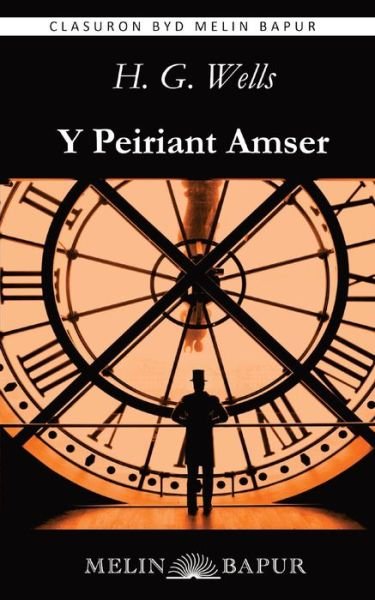









![Cover for Stephen King · The Storm of the Century (Paperback Book) [Television Tie-in edition] (1999)](https://imusic.b-cdn.net/images/item/original/647/9780671032647.jpg?stephen-king-1999-the-storm-of-the-century-paperback-book&class=scaled&v=1408550690)

![Cover for Puk Damsgård · Arabica (Bound Book) [1st edition] (2020)](https://imusic.b-cdn.net/images/item/original/661/9788740053661.jpg?puk-damsgaard-2020-arabica-bound-book&class=scaled&v=1594739003)
![Cover for Hergé · Tintin: Castafiores juveler - retroudgave (Bound Book) [2nd edition] [Indbundet] (2007)](https://imusic.b-cdn.net/images/item/original/657/9788770851657.jpg?herge-2007-tintin-castafiores-juveler-retroudgave-bound-book&class=scaled&v=1469438504)
![Cover for Svend Vestergaard Jensen · De udsatte (Paperback Book) [1st edition] (2018)](https://imusic.b-cdn.net/images/item/original/171/9788793572171.jpg?svend-vestergaard-jensen-2018-de-udsatte-paperback-book&class=scaled&v=1613949490)
![Cover for TJ Klune · Eventyrhuset (Sewn Spine Book) [1st edition] (2021)](https://imusic.b-cdn.net/images/item/original/008/9788794020008.jpg?tj-klune-2021-eventyrhuset-sewn-spine-book&class=scaled&v=1618496754)
![Cover for Collins Dictionaries · Spanish School Dictionary: Trusted Support for Learning - Collins School Dictionaries (Paperback Book) [4 Revised edition] (2018)](https://imusic.b-cdn.net/images/item/original/972/9780008257972.jpg?collins-dictionaries-2018-spanish-school-dictionary-trusted-support-for-learning-collins-school-dictionaries-paperback-book&class=scaled&v=1525192975)

![Cover for Jeph Loeb · Batman: Haunted Knight (Paperback Book) [New edition] (2018)](https://imusic.b-cdn.net/images/item/original/862/9781401284862.jpg?jeph-loeb-2018-batman-haunted-knight-paperback-book&class=scaled&v=1542015662)


![Cover for Barbara Bregstein · Easy Spanish Step-By-Step (Paperback Book) [Ed edition] (2006)](https://imusic.b-cdn.net/images/item/original/386/9780071463386.jpg?barbara-bregstein-2006-easy-spanish-step-by-step-paperback-book&class=scaled&v=1393843128)

![Cover for H. G. Wells · The Time Machine (Ad Classic Library Edition) (Illustrated) (Hardcover Book) [Ad Classic Library edition] (2011)](https://imusic.b-cdn.net/images/item/original/521/9781926606521.jpg?h-g-wells-2011-the-time-machine-ad-classic-library-edition-illustrated-hardcover-book&class=scaled&v=1428856027)


![Cover for H. G. Wells · The Time Machine - Macmillan Collector's Library (Hardcover Book) [Main Market Ed. edition] (2017)](https://imusic.b-cdn.net/images/item/original/534/9781909621534.jpg?h-g-wells-2017-the-time-machine-macmillan-collector-s-library-hardcover-book&class=scaled&v=1486295929)
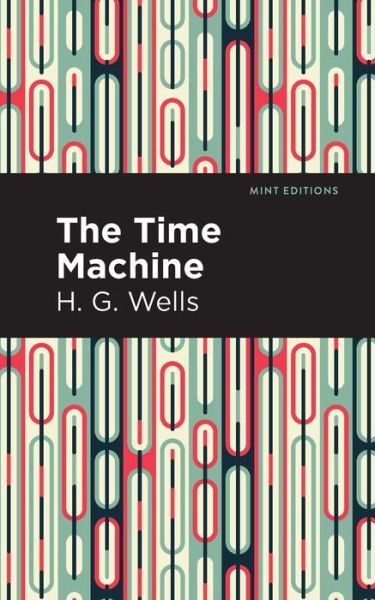

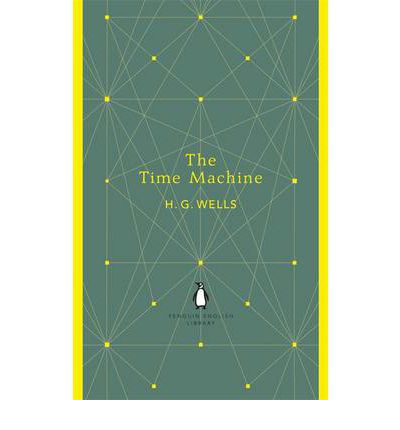
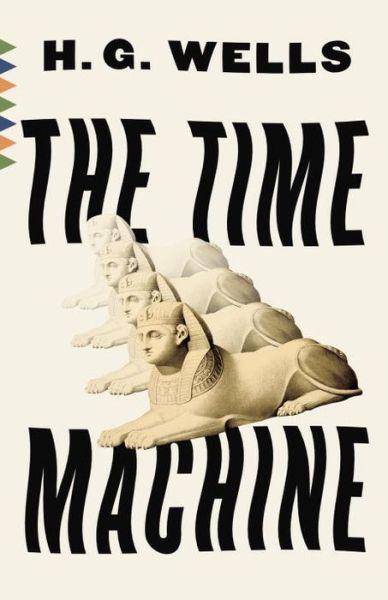
![Cover for H. G. Wells · The Time Machine and The War of the Worlds: Two Novels in One Volume (Paperback Book) [Reissue edition] (1986)](https://imusic.b-cdn.net/images/item/original/435/9780449300435.jpg?h-g-wells-1986-the-time-machine-and-the-war-of-the-worlds-two-novels-in-one-volume-paperback-book&class=scaled&v=1412350628)
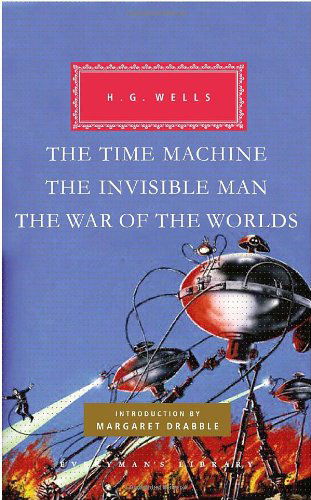

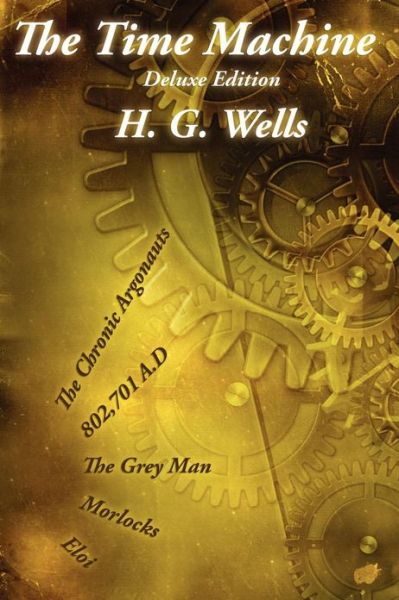
![Cover for H. G. Wells · The Time Machine: H. G. Wells (Paperback Book) [Reprint edition] (2009)](https://imusic.b-cdn.net/images/item/original/327/9781442146327.jpg?h-g-wells-2009-the-time-machine-h-g-wells-paperback-book&class=scaled&v=1501276762)